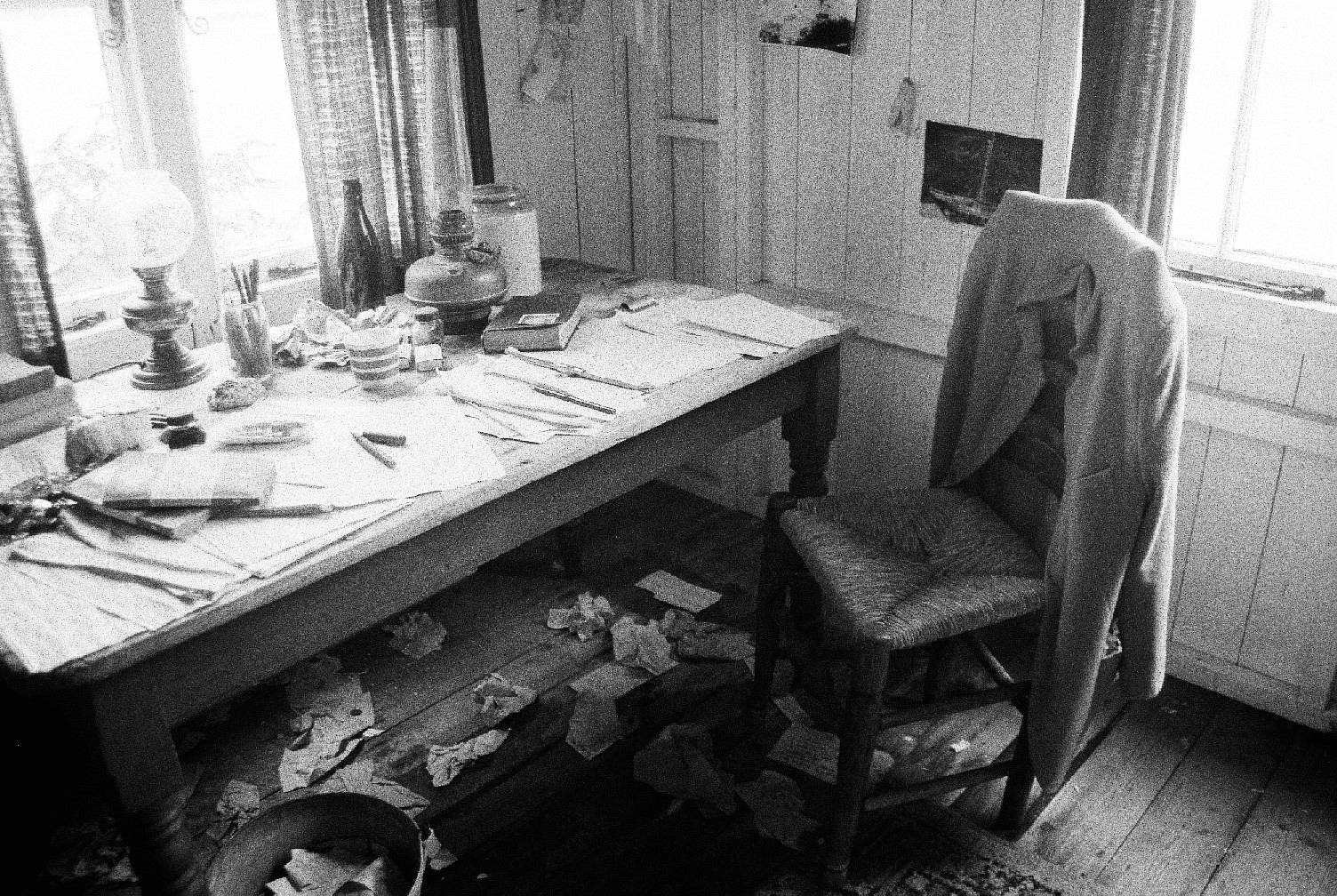Writing and Photography, Two Sides of the Same Coin
14 Share TweetMastering the art of both written and visual communication are valuable and interlinked skills. In this article we will explore the ways in which writing can be helpful when telling stories with photography.
A photographer who can write will approach their work with greater knowledge. If you can clearly express your ideas in written form, you will be focused and direct with your images as well.
Although written and visual storytelling are very different, each can help the other in some ways. They share similarities beyond the formal, but rather in the artistic approaches.
Rhythm
When we think about a large photography project, we should always keep in mind the rhythm of the story. We need to give space and time to our images. Just like when writing a story, syntax helps the reader, but instead of being written, it should be visual.
Think of an image in terms of descriptions – giving sense of place, a view on a landscape, establishing characters, adding plot twists, moments of action and, remember, in a good story there must be punctuation between phrases. That's where different image styles will serve as commas and semicolons. They should be placed accordingly during the evolution of a narrative. We can't fill a story with punches it would be impossible to digest.
Structure
It is good to plan your story just like you would with a narrative text. There is always an introduction, development, and resolution. Having a solid structural goal will strengthen the final result. With photography, we can reach a vast audience, and photos are easy to understand even when we speak different languages.
The story must be appealing. We must care for the characters or discover something new. If the viewer feels personally involved, images have the power to ignite change.
Editing
Good editing is just as essential as taking good photos. There must be an intention, and not be haphazard. Here is where your structure will come out and where you need to hone a cohesive sense of the story. This is also the part where you can get stuck, just like the famous writer's block.
Develop good discipline and follow a deliberate routine to help you get away from a dry patch. Leave some space between collecting your photos and getting down to editing. This time will help you see your images with new eyes and consider your choices differently.
Be Honest
Your photos will show your style, so don't try to imitate someone else. Learning from other photographers doesn't mean that you need to copy their work. This is important when writing and when taking photos. You will find your voice; don't force it.
Honesty also means, when working on a story that is new to you, do your research. Immerse yourself and become educated. If you were curious about a subject in the first place, by the time you are at the end of your story, you should be a master.
Notebooks and Readings
There is perhaps no better piece of advice than to have a notebook with you. Seriously, get one! Take notes of your surroundings and write down your ideas. It is certain that if you don't, the idea will be lost. And of course if you need to remember technical information about a photo, it will not be as precise if you don't write it down.
It sounds straightforward, but maybe the most important thing is reading as much as you can. Narrative or photo books, it will help your work to study what was done before. Inspiration can come your way from all kinds of places, so be aware of other forms of artistic expressions. Fiction, poetry and songs can be what ignites your next great idea!
What does your workflow look like? Have you recently started a new project? Share your thoughts in the comments below.
written by eparrino on 2023-11-12 #culture #in-depth #tips #writing #photo-project #photography #visual-storytelling #photo-story #narrative-tips































No Comments